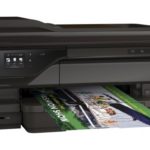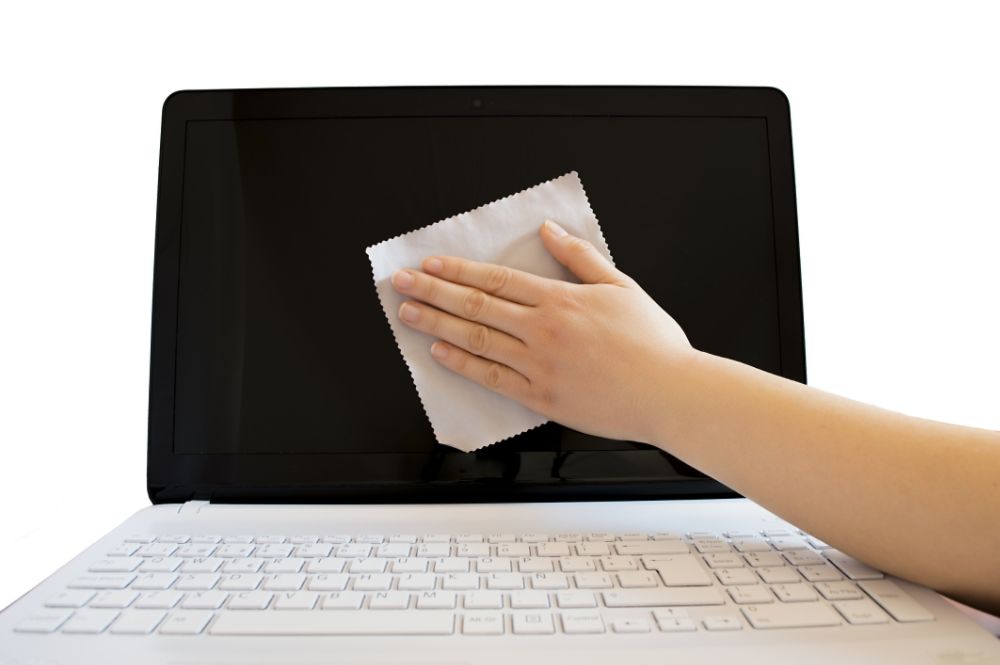What is the difference between an ultrabook and a laptop?
The need for a laptop computer leads to websites, catalogs and electronics stores, where the variety of offers causes real confusion for the inexperienced buyer. In addition to traditional tablets and laptops, there are inexpensive netbooks and stylish, expensive ultrabooks on sale. They are less in demand due to the lack of awareness among potential consumers, but they have many advantages, and it is important to understand what we are paying for when purchasing.
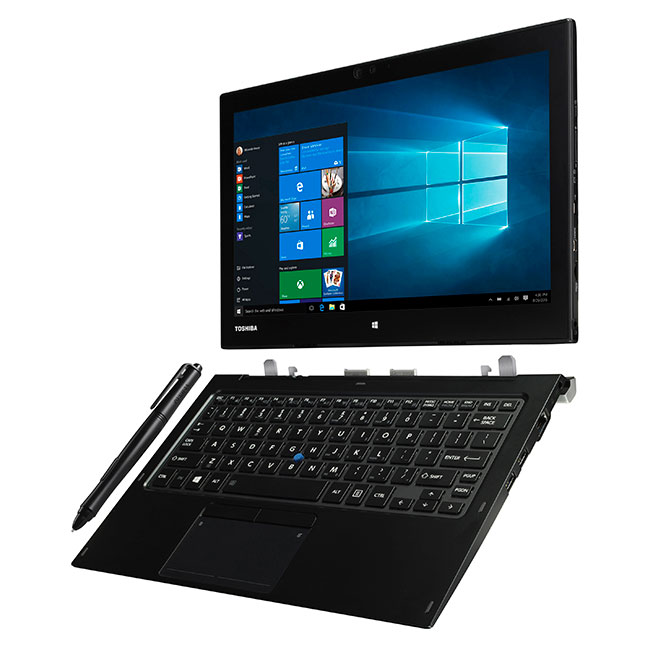
The content of the article
What is an ultrabook?
A laptop and an ultrabook, for the inexperienced, are almost the same thing, visually they are slightly different, but nothing more can be said in favor of choosing one or the other device. There really are no visual or software differences; both devices perform similar functions and have a display.
Ultrabook is short for ultra-thin laptop. It works on the principle of a large storage flash drive. A good “laptop” is more like a portable PC; it is distinguished by a cooling system and a solid reserve of energy in the battery. But if we talk about the weight of the device, female students are more likely to prefer an ultrabook - a stylish, light and compact device. Men prefer laptops - they are heavy and bulky, but productive and powerful.
Often it is these differences that confuse those who come to buy a “laptop” and are offered an ultrabook or vice versa. Not every young person will explain in 2-3 words, for example, what the difference is between a netbook and an ultrabook.
Important! It’s worth delving deeper into the differences so as not to overpay and later complain about your ignorance in matters of portable equipment.
Experts claim that a lightweight mobile PC was first announced by the developers of the production laboratory of the American Apple in 2008. Ten years ago this was of interest to buyers expecting new products on the technology market. Over time, separate types of portable computers have emerged, moreover, in different price categories. However, laptops were in the lead in terms of sales volumes.
Ultrabooks were massively released onto the market by 2011, they were lightweight, attractive Intel ones, after which the name of this type of office equipment was immediately patented. Since then, we have known “ultrabooks,” although there were other versions of the names, such as “zenbook” and “notebook,” but they did not catch on.
Ultrabooks differ in a number of characteristics:
- attractive, laconic design;
- small thickness;
- light weight;
- compact dimensions;
- technical parameters do not have advanced capabilities, like some laptops;
- the hardware is often not disassembled into its components, which makes expanding the functionality problematic;
- have an SSD or hybrid drive;
- sufficient amount of RAM;
- there is a built-in rechargeable battery (without a removable panel);
- Touch display is possible at a higher price.
Advice! People with low vision sometimes find it difficult to use the Ultrabook interface. Their standard diagonal does not exceed 14-17 inches.
Lightweight ultrabooks are a smart choice for versatile use. They are not suitable for avid gamers because of the “flat picture”. The laptop has a powerful removable battery, but this is not so important for those who are constantly at home and whose computer device is practically never turned off from the network.
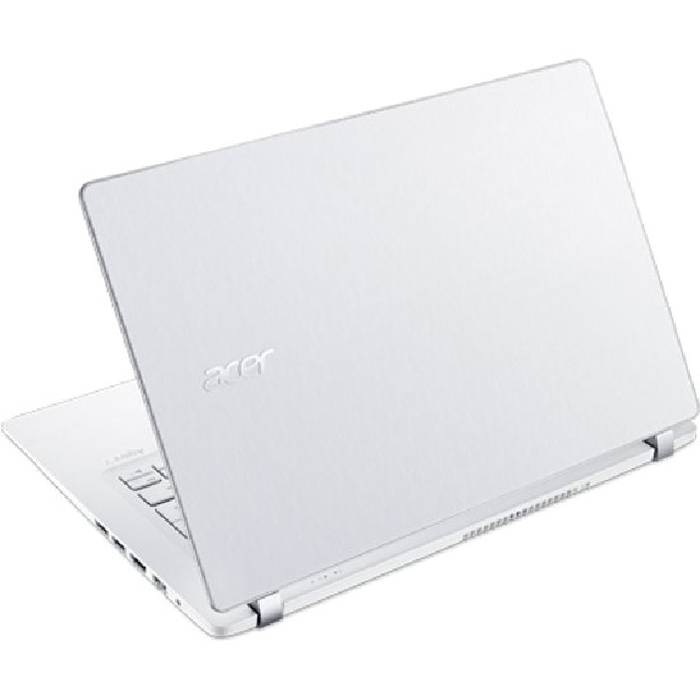
What is the difference between a laptop and an ultrabook?
Those who do not understand office equipment, intending to figure it out “as life goes on,” are more interested in price tags and brands. Then, having learned that friends have more powerful devices, they begin to look for ways to expand the device’s memory or update the software.
Autonomy or operation without recharging is an important characteristic for those who often work outside the classroom, home or office. They relied on this when developing laptops, and the expansion of functionality and the pursuit of a compact form affected their work without recharging. Devices in the city work without a network for about 5 hours, and are recharged for up to 3 hours. Energy-intensive games and licensed high-quality films quickly “eat up” the charge.
Attention! Differences in equipment and performance of computers of any design are most often compensated by cost. But it is important to compare not a laptop, a netbook and a laptop, but the prices of different offers of a common variety.
It is better to choose between two laptops or ultrabooks, comparing the presented characteristics. If the operation of the device only involves access to a few educational sites on the Internet, then there is no point in paying for unclaimed megabytes of memory for music and video.
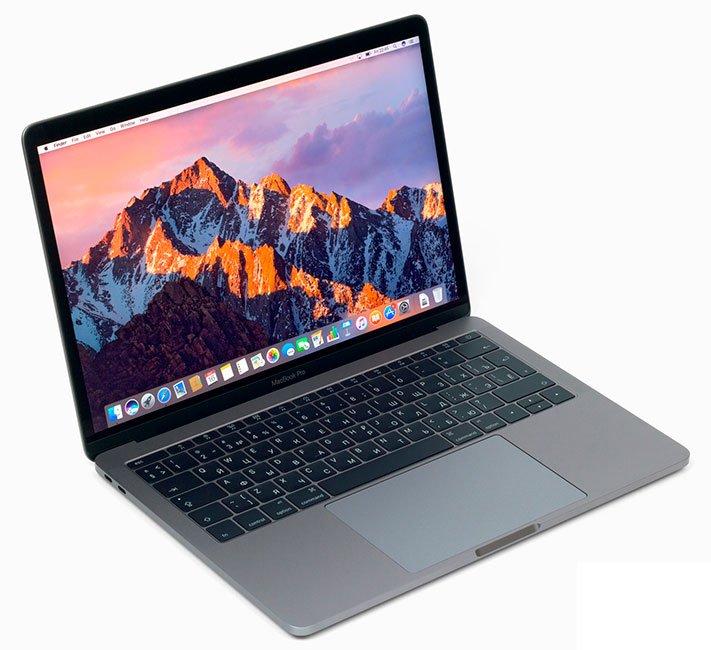
Differences between devices in size
So, mass and size are an insignificant difference, but obvious. And to reduce the weight of any device, something must be missing, which we’ll talk about a little further.If we compare two different devices, then with the same diagonal, the ultrabook is much thinner than its brother - no more than 1.5 cm (2.5 cm there).
The reduction in mass does not affect the image quality of a flat-panel monitor, on the contrary. Such technologies are more expensive for manufacturers, which is why the price is higher. Dimensions vary within a small range, depending on the manufacturer:
- width format up to 260 mm;
- depth up to 185 mm;
- thickness up to 20 mm.
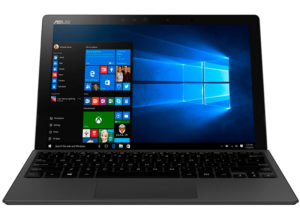 On frequent business trips and business trips, travel and flights, carrying a heavy laptop is also inconvenient - the weight and volume of the equipment are of great importance. Therefore, the weight of 1.5 kg is often paid attention to when purchasing, but the battery weighs the most in them. Although it is not as capacious as a standard laptop, the energy consumption of an ultra-thin device is also low. The laptop was invented as a portable computer, and the ultrabook was a lightweight version with the same monitor and a weak cooling system.
On frequent business trips and business trips, travel and flights, carrying a heavy laptop is also inconvenient - the weight and volume of the equipment are of great importance. Therefore, the weight of 1.5 kg is often paid attention to when purchasing, but the battery weighs the most in them. Although it is not as capacious as a standard laptop, the energy consumption of an ultra-thin device is also low. The laptop was invented as a portable computer, and the ultrabook was a lightweight version with the same monitor and a weak cooling system.
Thickness and format generally remain the defining difference between portable devices. In student practice, when the bag must also contain textbooks, folders with papers and sports uniforms, a thin ultrabook is beyond competition. It is especially convenient if you still have a PC at home with a music library, film library and other voluminous programs.
Power
The processor is one of the main indicators of the performance of any gadget, and this is what experts initially pay attention to. Inexperienced customers are often forced to sell products that are not the best. Without understanding, you can buy an obsolete netbook that can barely run for the price of an inexpensive ultrabook.
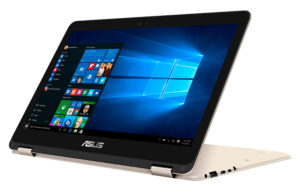 The latest ultra-thin devices have a full-fledged “stuffing”, competing with classic competitors, but otherwise laptops are still in the lead. A dual- or quad-core processor provides functionality at a quite decent level. Ultrabooks are often equipped with 5th or 6th generation Intel Core chips. The video card may be inferior to discrete subtypes running on laptops. Some devices from an expensive price category, such as the Intel iris Graphics 550, can compete with the NVIDIA GeForce 940M. By most indicators, the latest ultra-thin laptops also compete with the “classics”, thanks to innovative technologies.
The latest ultra-thin devices have a full-fledged “stuffing”, competing with classic competitors, but otherwise laptops are still in the lead. A dual- or quad-core processor provides functionality at a quite decent level. Ultrabooks are often equipped with 5th or 6th generation Intel Core chips. The video card may be inferior to discrete subtypes running on laptops. Some devices from an expensive price category, such as the Intel iris Graphics 550, can compete with the NVIDIA GeForce 940M. By most indicators, the latest ultra-thin laptops also compete with the “classics”, thanks to innovative technologies.
Functionality
With solid performance, ultra-thin devices consume less power than competing products. This is facilitated by modern microcircuits, compact sound and video cards. There is no need for a powerful battery, and the charge is enough for several hours of work on the monitor.
Wireless networks or Wi-Fi work exactly the same as those of other “brothers”, including support for Bluetooth and providers. Modern standards, including 3D and 4D Internet, are also available on ultrabooks of different price categories.
Attention! The monitor of super thin devices is subject to deformation and it is important to handle it with care during use.
In terms of equipment with connectors, ultra-thin gadgets are not inferior to laptops - the number of ports is the same. But something may be missing, depending on the model.
In terms of monitor parameters, the latest models are distinguished by high image quality. The 1024×600 pixel format is quite suitable for most users of this type of intelligent technology, although distortion is possible when the image is enlarged.Some applications are difficult to deploy, although more expensive models have a resolution of up to 1920x1080 pixels.
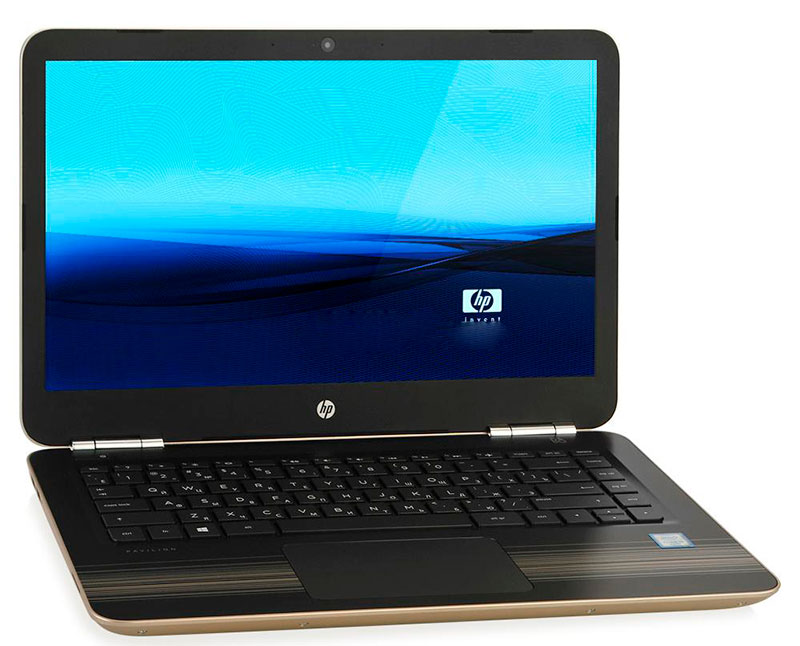
Memory
In terms of RAM capacity, ultra-thin devices cannot compete with capacious laptops, yet 4 gigabytes is enough to provide functionality. Standard Intel SSD drives are 4Gb, but there are also very expensive processors - up to 320 Gb. The impressive equipment and all components interact quite well with such a “gigabyte” volume.
Integrated boards provide decent graphics, and you don’t have to worry about archiving data either. This is the “competence” of solid-state drives and hard drives; in total, they can provide up to 500 GB. Elite models are offered with a capacity of 1 TB, but in practice this volume is rarely in demand.
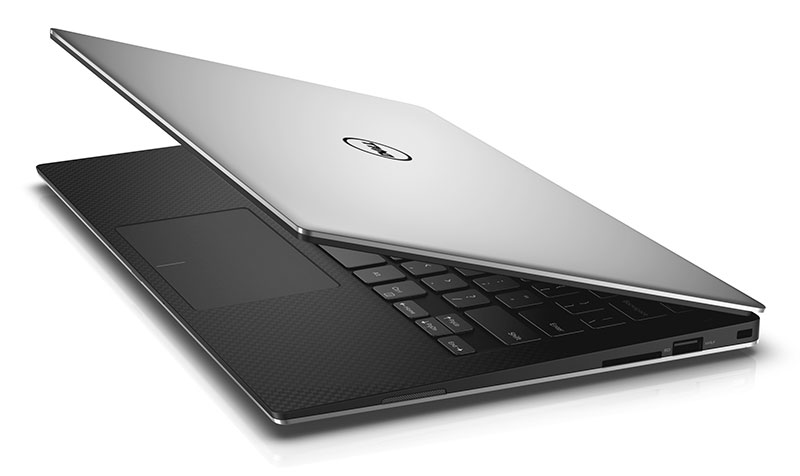
Ultrabook prices
The price of office equipment is a multi-component concept, and the competition of major device manufacturers forces them to offer more productive equipment at a better price. You shouldn’t look for an ultrabook at the price of a netbook - ultra-light, compact parts are valued more than heavy hardware.
Most likely, an ultra-thin offering with the same parameters will cost approximately twice as much as a laptop. Such a purchase must be justified by priority indicators:
- more expensive than a laptop hard drive; an ultrabook SSD drive;
- heavy-duty aluminum casing (laptops are made from cheaper plastic);
- innovative cooling systems instead of laptop coolers;
- Ultrabooks are things that reflect an image or emphasize status, so a stylish design is included in the price of ultra-thin devices.
Most lightweight and compact devices fall into the business class niche, although adult daughters of wealthy parents often rely on them. There are very rarely significant discounts on such products, but you can specifically look for promotional Lenovo products from this market segment - from 15 to 75 thousand rubles.
Within 200 thousand rubles you can find status offers, such as ASUS ZenBook Pro 15 UX580GD. The most expensive are flat laptops from the MSI WT75 8SM series.
Having decided on the parameters of weight and dimensions, performance and power, it is easier to make a choice. However, wealthy consumers often overpay for the unclaimed advantages of an ultrabook. The average buyer more often looks at the price tag and is content with promotional gadgets from the budget niche.
By purchasing a popular laptop model, you can save a lot on sales. Managers and middle managers are better off choosing a prestigious ultrabook with decent characteristics.



